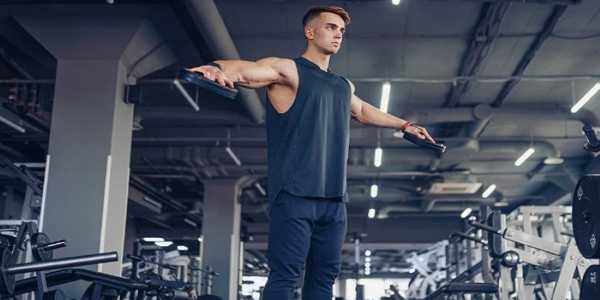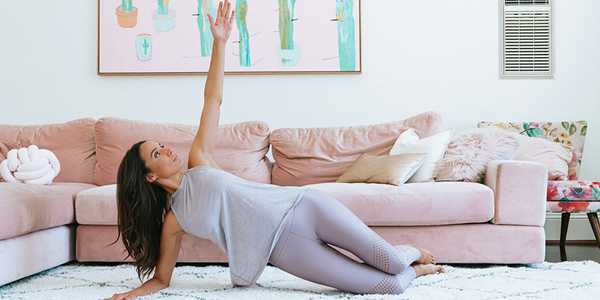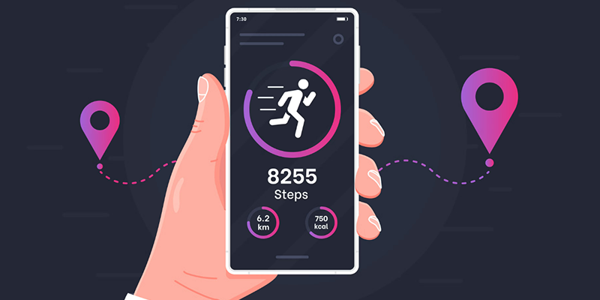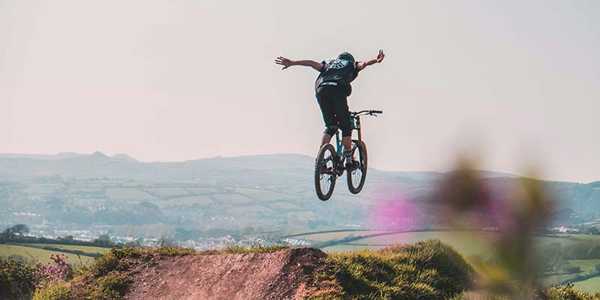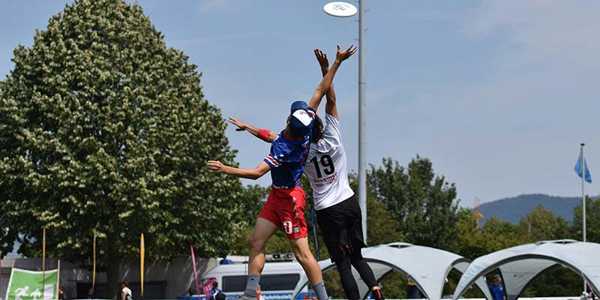Beginner-Friendly Pilates Exercises For A Stronger, Healthier Body
Pilates could be the perfect exercise for you if you want a method that helps improve your strength, flexibility, and general health without inducing excessive Stress on your body. Whether you are a total novice or someone who has been interested in this low-impact style for some time now, we're here to help with some of the best simple workouts to get you started on the fitness fad.
Why Choose Pilates?
Pilates is an exercise approach that aims to develop strength, flexibility, and body awareness without necessarily adding muscular bulk or straining the joints. Invented by Joseph Pilates in the 20th century, it has grown immensely as a popular form of physical training worldwide. The best thing about Pilates is that it can be modified to fit the needs of any person regardless of age, which makes it very easy to do, even for those who have difficulty moving or have certain medical conditions.
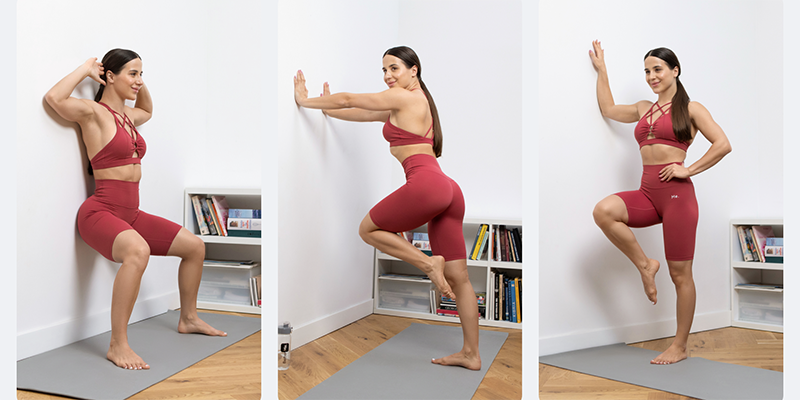
Before proceeding to the exercises, let's first highlight what makes Pilates ideal for novices. Unlike high-impact workouts that leave you sore and demotivated after the first session, Pilates is designed to be done using controlled movements and proper form, which helps minimize injuries and maximize benefits in the long run. Additionally, since Pilates focuses on core strength, posture, and balance, it works wonders for mental health because it relieves Stress.
Breath control is another key component of Pilates, used to improve movement ease and relaxation when flexing. Breathing exercises enable participants to be more mindful throughout their routine, which is why this exercise appeals to those wishing to improve mental and physical wellbeing.
Getting Started: Essential Equipment
Having established the basics of Pilates and its benefits, let’s move on to what is required to start practising. Most basic level exercises do not need much equipment:
Comfortable Clothing: Choose gear that permits motion without excessive drag to maintain some degree of body alignment.
Optional Accessories: In advanced stages, you may consider adding a Pilates resistance band, small dumbbells, or an inflatable Pilates ball to accentuate some routines; beginners, however, won't require these.
With these fundamentals set, let's elaborate on some basic Pilates moves a beginner would feel comfortable doing.
Easy Exercises In Pilates For Beginners
The Hundred
Let's start with the most known Pilates exercise: the One Hundred. This exercise is ideal for activating the core abdominal muscles and engaging and warming up the rest of the body.
How To Do It:
Start by lying on your back with your knees bent and your feet resting flat on the floor.
Raise your arms over your head and lift your head, neck and shoulders off the mat while keeping your spine neutral.
Your legs should be extended above you, and your feet should be flexed straight towards the ceiling. A 45-degree angle is also acceptable.
Start by pumping the arms beside your body while Breathing in for five counts and Breathing out for five counts. Aim for 100 pumps (or less, whichever is more comfortable).
This movement improves the body's energy and circulation and strengthens the abdominal muscles, crucial for success in Pilates.
Roll-Up
This sequence involves roll-up, improving the flexible spine and abs motion.
How To Do It:
To begin, lie supine and reach over your head with your arms.
To maintain control, roll up one vertebra at a time until you're seated.
Repeat the previous steps to return to the original position.
Engaging your core and limiting the pace is critical to fully reaping the benefits; over time, your back's mobility will improve, while the strength of your abdominal muscles will increase.
Single Leg Circles
Single-leg circles are the next exercise, which targets coordination, balance, inner thighs, and glutes.
How To Do It:
To begin, lie down on your back, one leg resting on the ground and the other facing up.
Begin resting by drawing large circles on the raised leg, changing directions halfway through.
Swap over and repeat the circles with the other leg.
Refrain from lifting the pelvis; focus on gradual bearing movements to make the exercise more efficient.
Pelvic Tilts
Pelvic Tilts help prevent muscle tightness while helping to align the pelvis.
Executing The Movement:
Lie on your back with your knees bent and feet placed apart at the width of your hips.
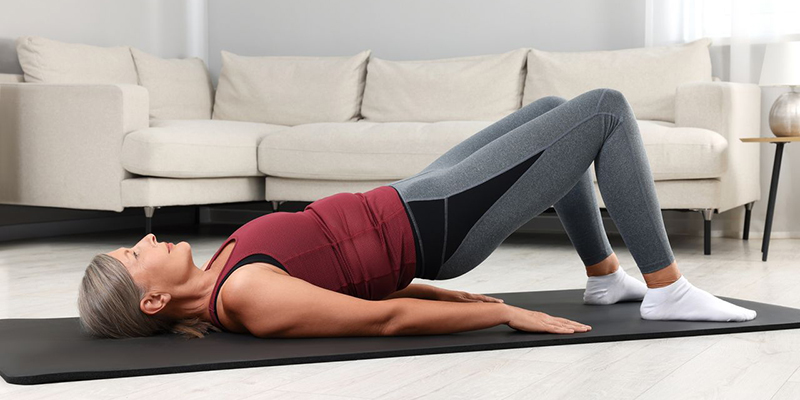
Exhale slowly, then tighten your core and rock your pelvis from side to side, straightening your lower back to the mat and arching it slightly.
While maintaining precision and control, perform several repetitions.
Learning these movements would be advantageous for executing more advanced Pilates techniques.
Completing The Bridge
The Bridge is one of the final movements for concentration, and it greatly aids in building strength in the hamstrings, glutes, and lower back.
Executing The Movement:
Lie on your back, bend your knees, and place your feet further than shoulder-width apart.
Push against your heels like an elevator while lifting your hips, forming a straight line connecting your shoulders with your knees.
Lightly pause at the optimum height before coming back down.
To engage target areas the most, shrink your core and tighten your glutes at the top of the lift.
Other Exercise Types Versus The Pilates System
Integrating Pilates into your workout routine is easier if you understand its differences and similarities with other popular exercises. Unlike running or cycling, Pilates does not focus mainly on aerobics but instead on muscle conditioning, core strength, and posture improvement. While weight lifting increases power and mass, Pilates translates into elongation and lean muscle growth. Compared to Pilates, Yoga emphasizes the mind-body connection and helps improve flexibility. However, it is more spiritual and uses static postures instead of flowing movements.
These pieces of information will help you organize your workout schedule according to your needs, goals, and preferences. For example, someone primarily interested in toning may combine jogging with Pilates for better posture and less injury. On the other hand, athletes focusing on explosive power may use Pilates to help refine their movements and improve agility.
Consequences And Deep Thoughts About Pilates Dynamics
Apart from focusing on something specific, delving deeper into the implications of Pilates reveals remarkable patterns regarding human movements and their rehabilitation. Recent studies indicate that participation in Pilates programs leads to tremendous balance, coordination, and functional ability changes among older adults, improving their quality of life and decreasing fall incidences. Moreover, the principles of Pilates align with modern physical therapy, which also emphasizes a gradual, detailed, and personalized approach to teaching.
Another interesting aspect of Pilates is its influence on mental wellness. Considering mindful movement practices within Pilates are meditative, practitioners often report decreased anxiety levels and improved mood after regular practice. This proves the holistic nature of Pilates therapy, which is not limited to the physical body alone but also targets the mind and its psyche.
Staying Motivated And Setting Goals
Consistent motivation is essential to all fitness goals, especially Pilates. Set not too challenging goals but still complex enough to push against your comfort zone. Goals such as incorporating better posture when sitting at a desk or finishing a mat workout in less than 3 months are a few attainable ideas—comprised of big goals into smaller steps by creating structured timelines to reduce feelings of anger and frustration.
Lastly, don't forget to find and join online communities or classes that help everyone succeed. These groups serve a dual purpose: they keep you motivated while enabling you to share tips and tricks you discover, making the entire journey much more enjoyable.
Enhancing Both Body And Mind With Pilates
In conclusion, taking Pilates as a practice presents numerous avenues for personal development and change beyond physical movement. From core development to flexibility training to building mental strength and awareness, this practice is multidimensional and delivers much greater than promised. So, what are you waiting for? Reach out for your mat, exhale and inhale deeply, and let's start together in this wonderful experience!
